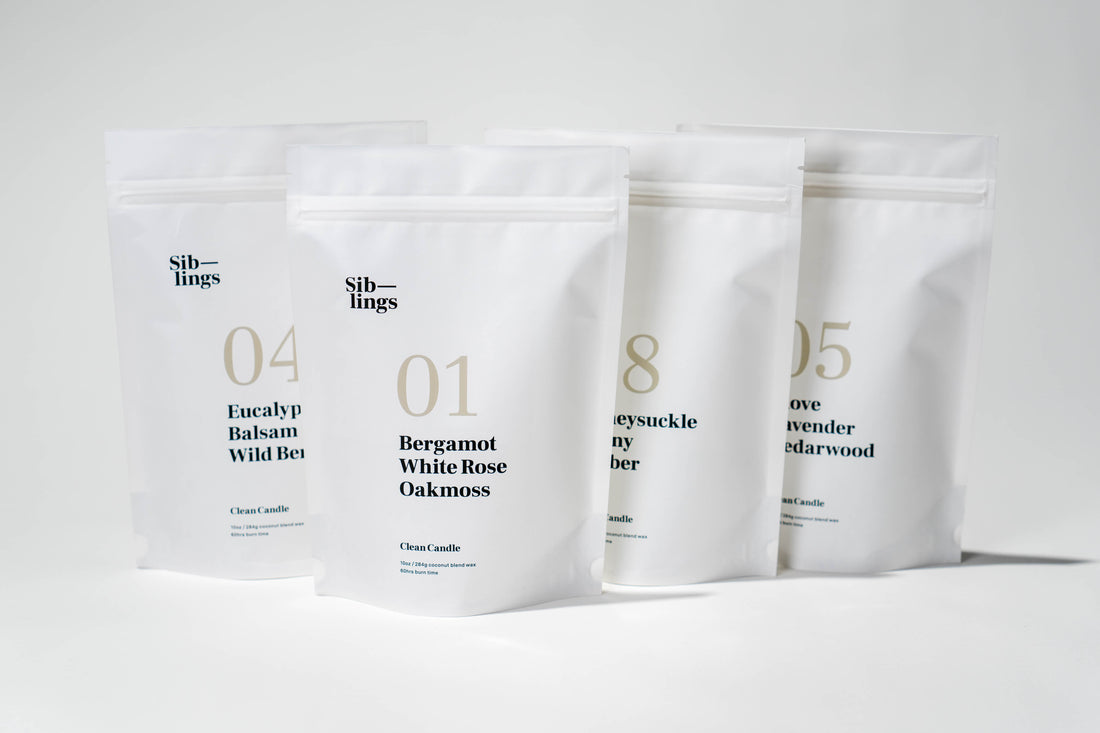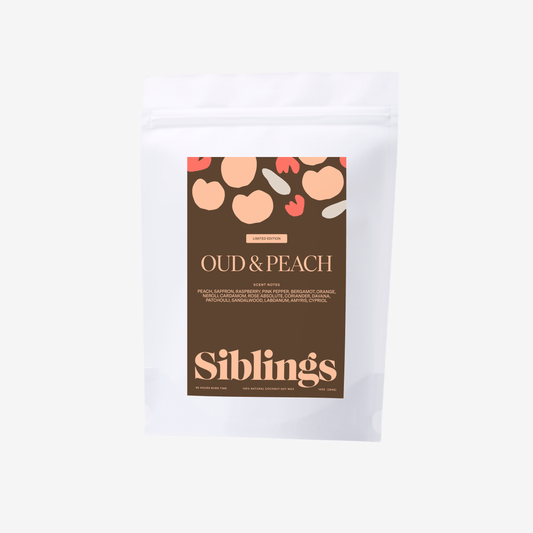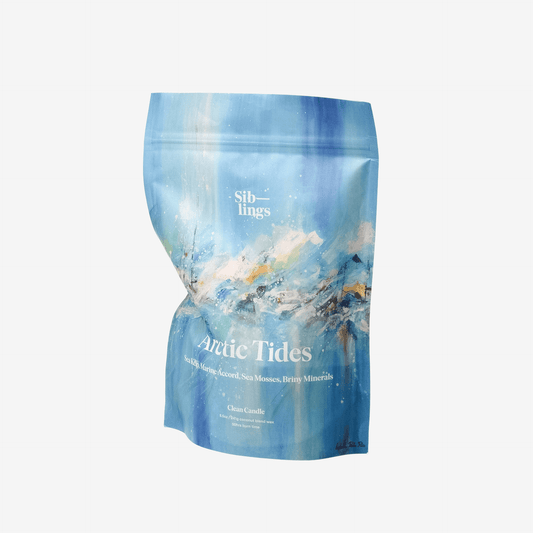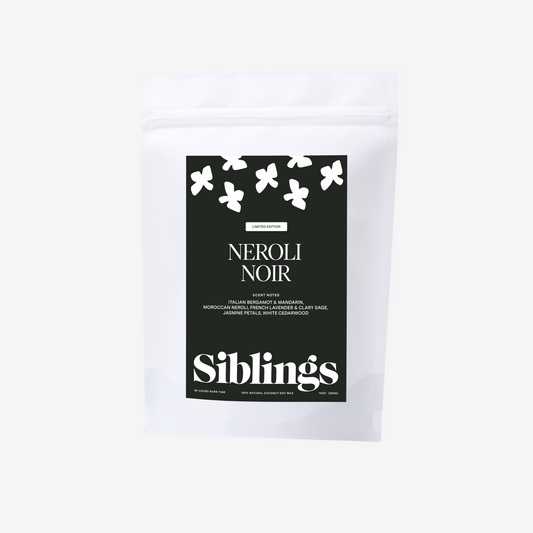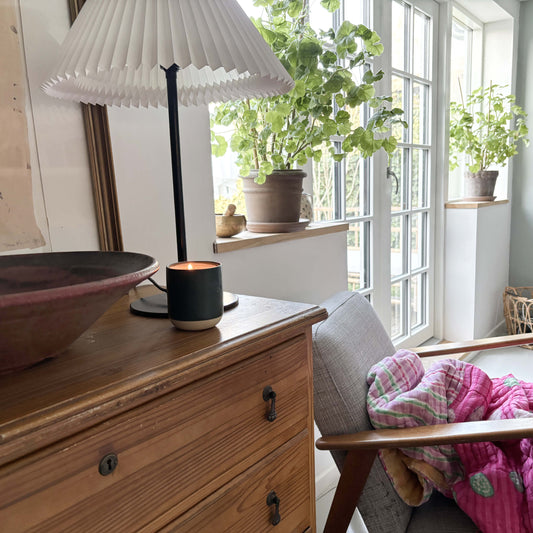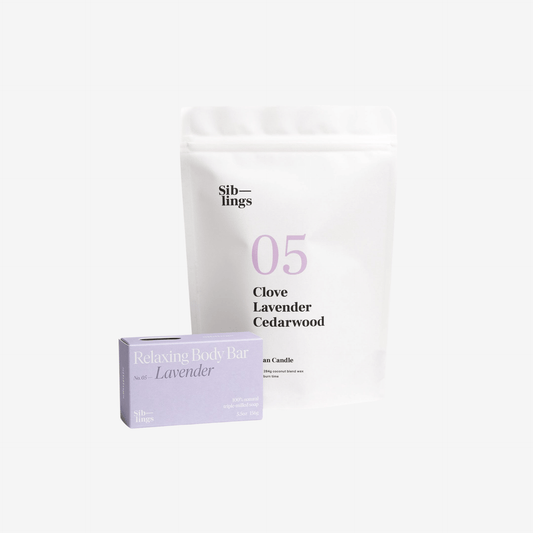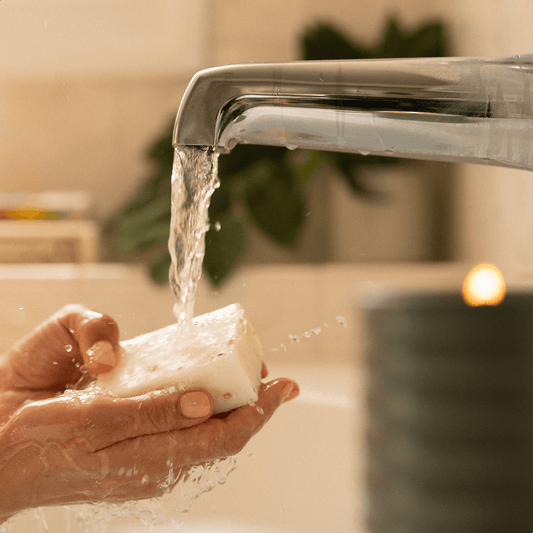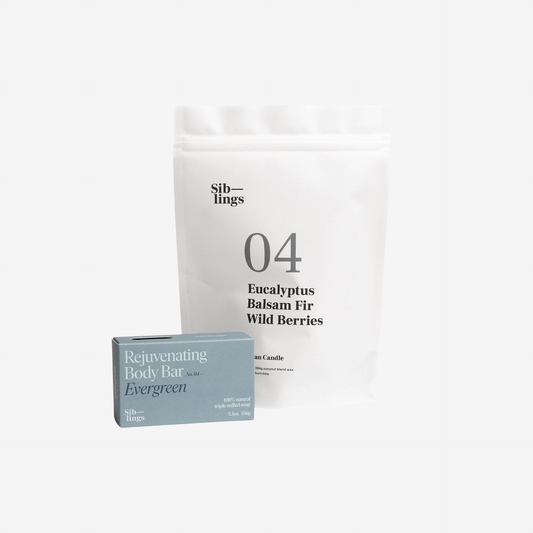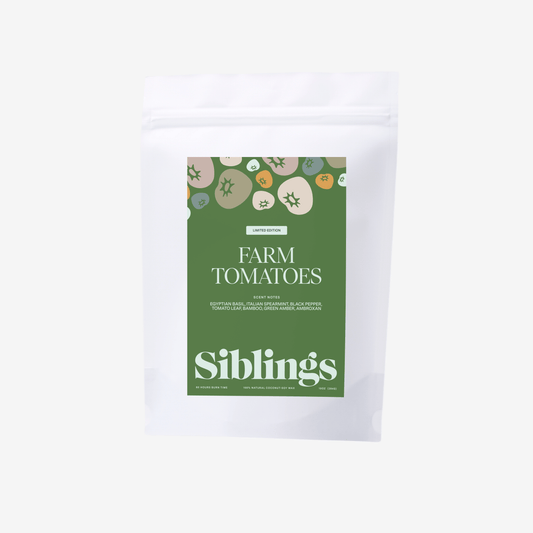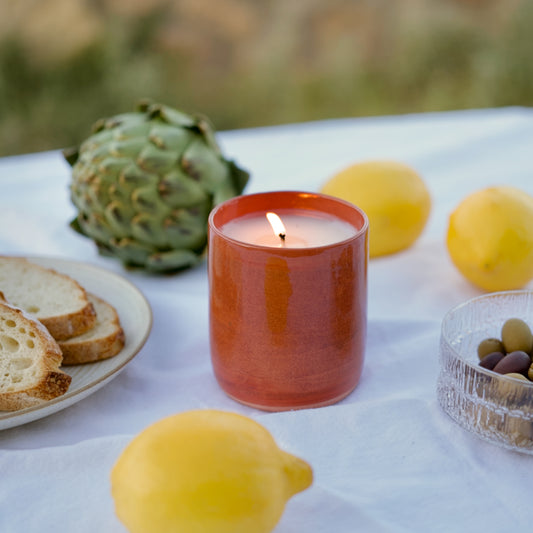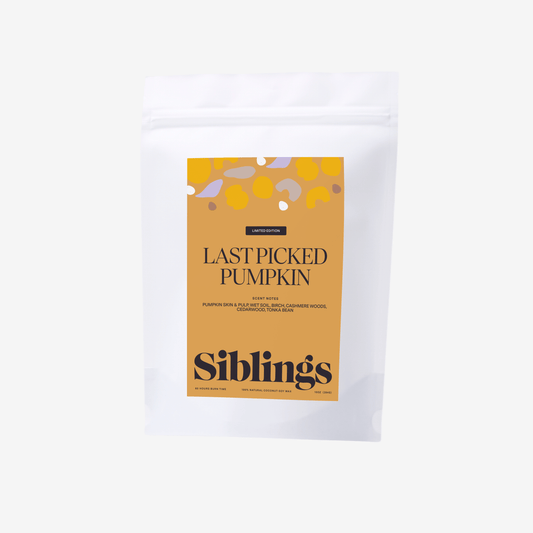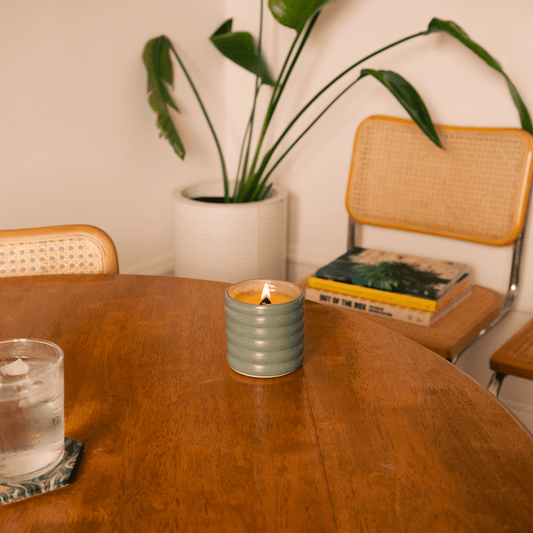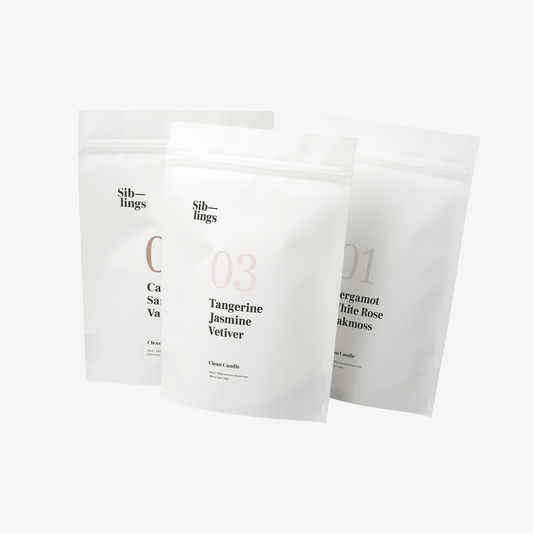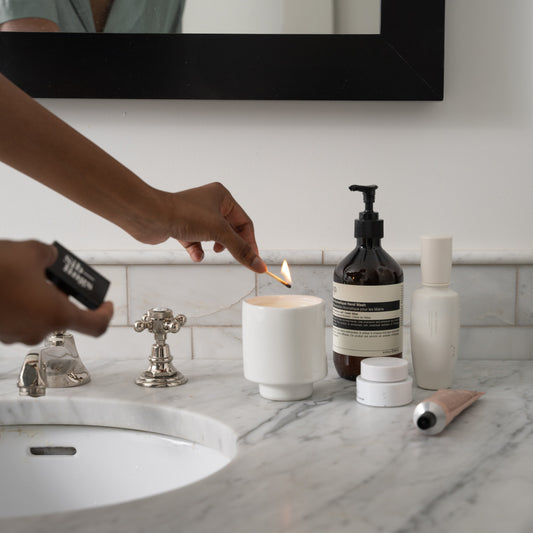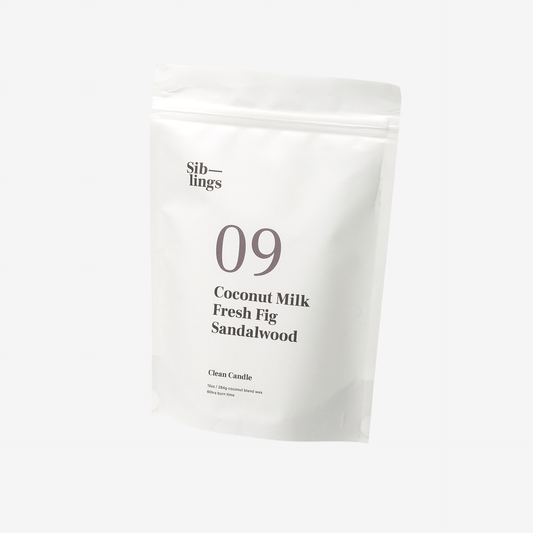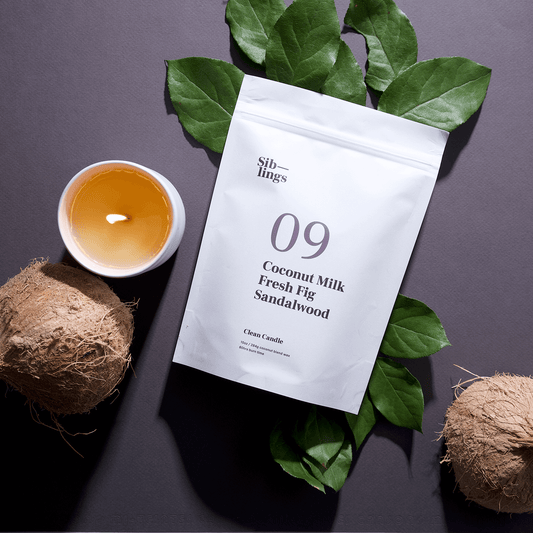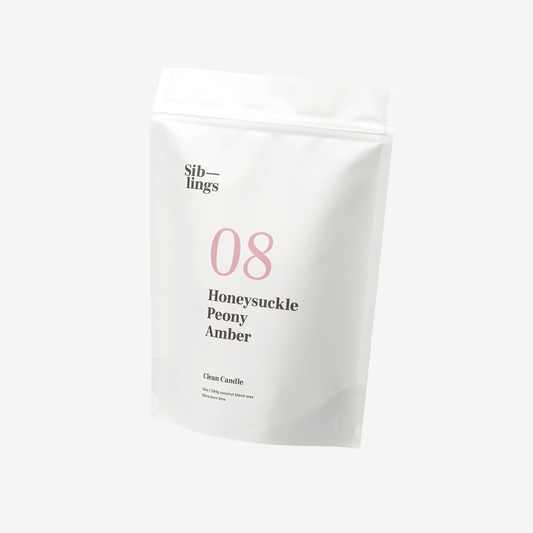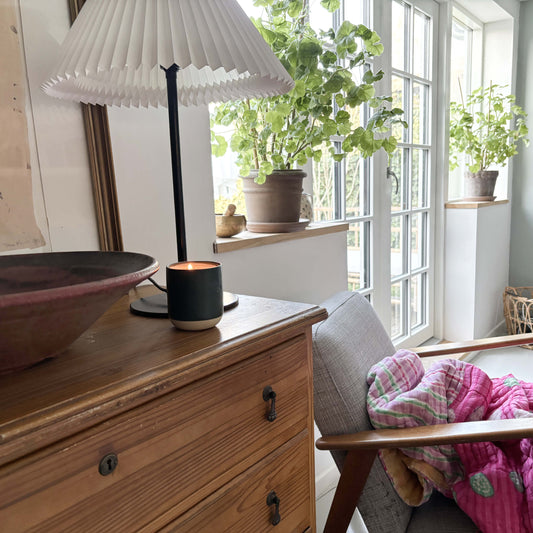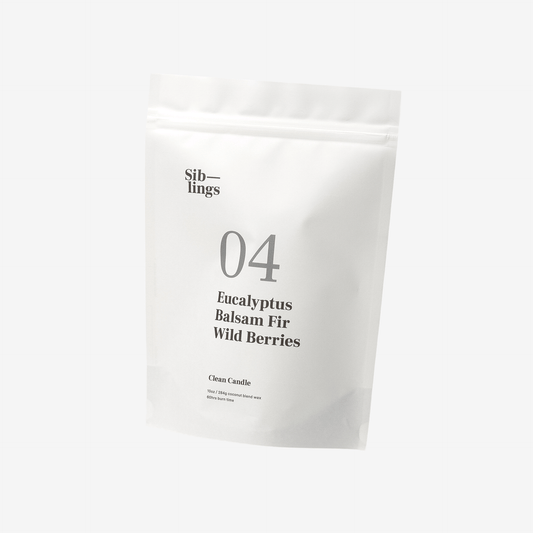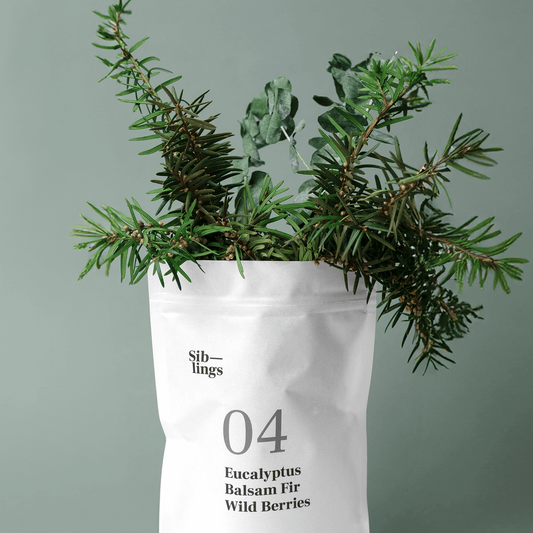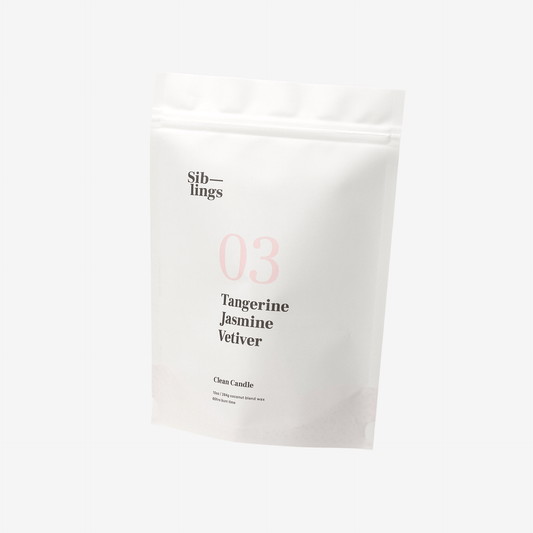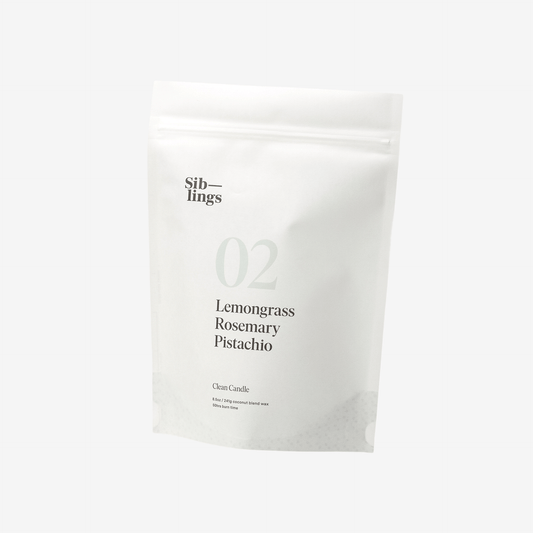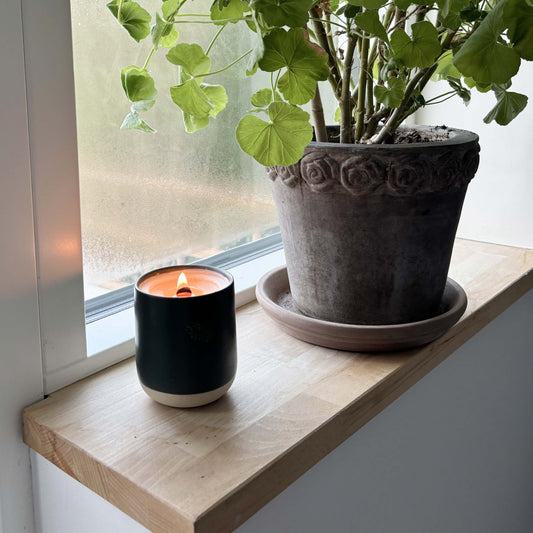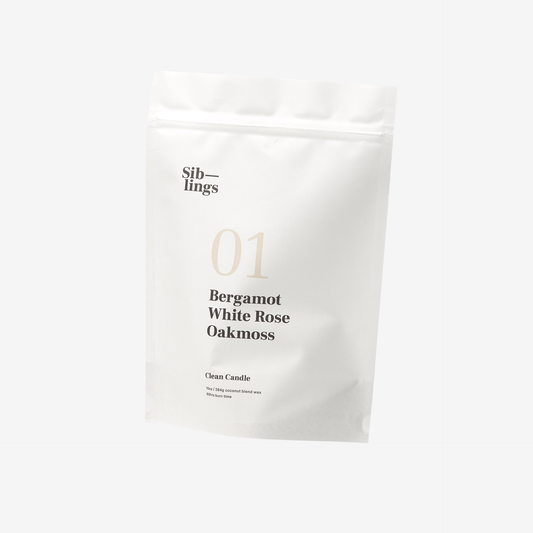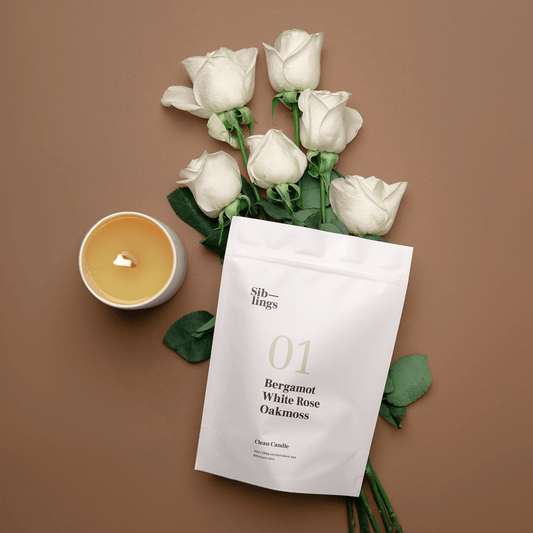Scent is one of our strongest senses, just catching a whiff of something in the air has the power to transport us to another time and place in an instant. Why then is it so darn hard to discern what a simple candle might smell like? Of course when you’re shopping candles online, you don’t have the luxury of catching that little whiff to draw you in to your new favorite fragrance. Sure, single notes or fragrance families are easy enough to imagine, but more complex, nuanced fragrances can get a bit confusing. We’re here to help you learn how to make sense of scents so you can find the best candle for you.
Top, heart and base — what’s the deal?
Are we talking about a layer cake or something? Nope, we’re talking about the classes of fragrance notes. These classifications help us to understand how a multi-note fragrance will be perceived by the nose. Top, heart and base refer to the order in which a note will be sensed, as well as indicate the structure of the fragrance blend. The heart notes make up the ‘body’ of the fragrance and the top and base notes round out the composition on, you guessed it, the top and the bottom.
Let’s dive in and learn to decipher fragrance profiles.
Top notes
Welcome to the show. The top notes are the opening scene, the first to be sensed and responsible for giving you that warm fuzzy love at first sniff feeling, or not. These notes are often fresh and uplifting. Think citrus or soft florals. They serve to intrigue and then gently lead your nose into the body or heart notes of the fragrance. Compositionally top notes are the lightest, smallest of the scent molecules so they tend to evaporate quickly and prepare you to smell the upcoming notes.
A few examples of top notes we like to use: Bergamot, Basil, Eucalyptus
Heart notes
Heart notes are the main act. These notes are what you’ll perceive as the personality or character of the fragrance. They’re much more full-bodied and longer lasting than the fleeting, flirty top notes. Bold florals, spices and earthy ingredients are often employed. Heart notes give depth and body to the blend and provide the heavy base notes with a soft landing, so to speak. They make up the majority of the fragrance so you’ll be sure to sense them throughout your candle burning experience.
Some of our favorite heart notes: Balsam, Rose, Lavender, Cinnamon
Base notes
Last but certainly not least we have base notes. Base notes are the final scene and tend to linger around for the after party when the lights (flame) have been turned out. Forming a foundation for the top and heart notes, base notes combine to create a truly complex, rich fragrance. Think warm, sweet, musky or woody for these type of notes. The last impression of a scent will typically be a base note, leaving a calm grounded feeling.
Our best base notes: Sandalwood, Vanilla, Cedarwood, Musk
Candle notes 101 takeaways
- Top notes are the first to hit the nose and inspire our initial impression of a fragrance
- Heart notes shape the personality of a fragrance and are often the most prominent notes
- Base notes are last to be sensed but linger and have a strong impact on our memory of the scent
It’s no easy task to build a beautiful, well-rounded scent — it takes skill and artistry. Luckily we make it easy for you to ‘make’ your own candles with non-toxic fragrances, clean burning wax and sustainable packaging. Hopefully now you feel like choosing a scent will be a little easier as well. If not, we're always happy to advise! Write us at support@siblings.co and we'll help you find your best scent.
